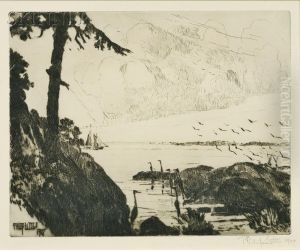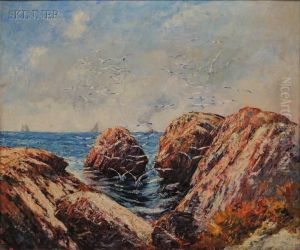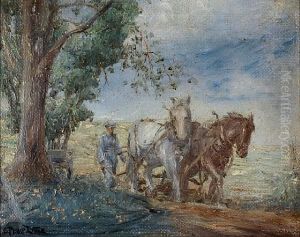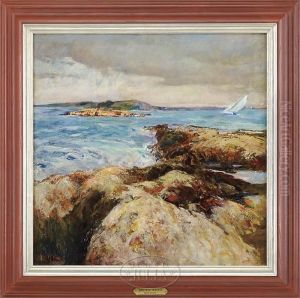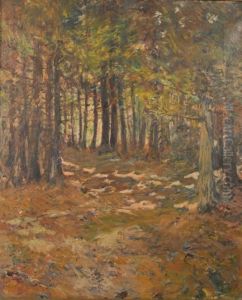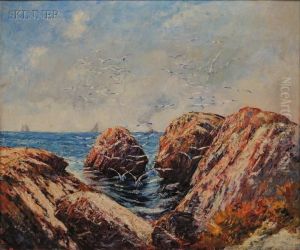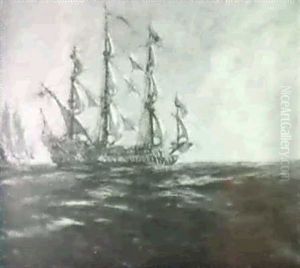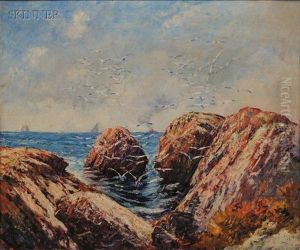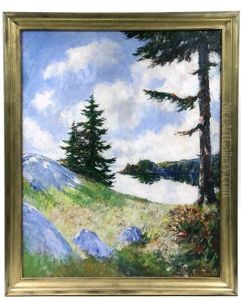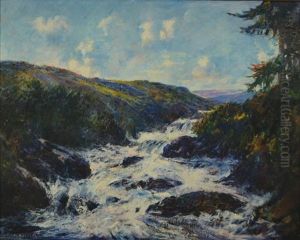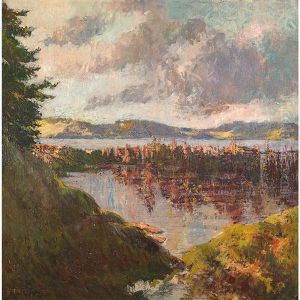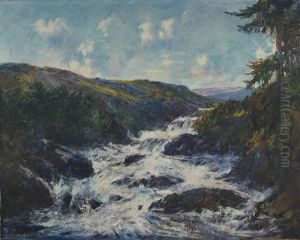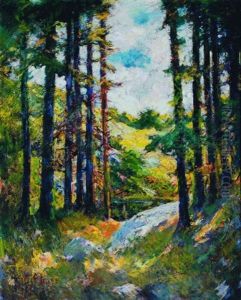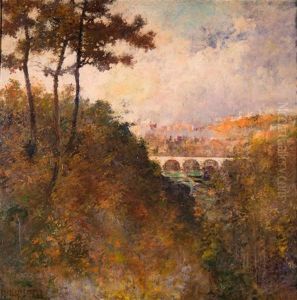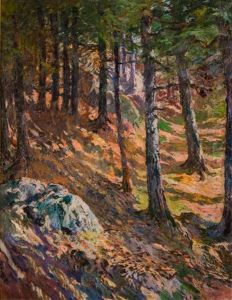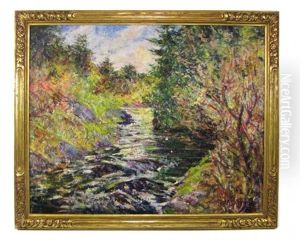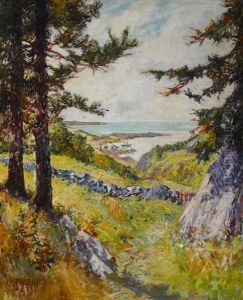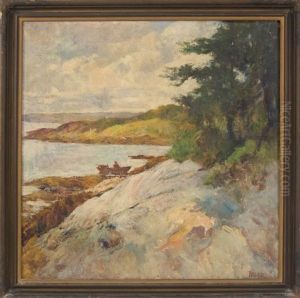Philip Little Paintings
Philip Little was an American artist best known for his contributions to the Impressionist movement in the United States. Born on November 6, 1857, in Swampscott, Massachusetts, Little grew up in a period of significant artistic evolution, which undoubtedly influenced his later works. He pursued his education at Harvard University, where he graduated in 1877. Although initially not focused on an artistic career, Little's interest in art grew over time, leading him to study painting at the School of the Museum of Fine Arts, Boston, and later in Paris, which was the epicenter of the Impressionist movement during the late 19th century.
Little's artistic style was heavily influenced by his time in Paris, where he absorbed the techniques and aesthetic sensibilities of the Impressionists. Upon returning to the United States, he settled in Salem, Massachusetts, where he became a pivotal figure in the local art scene. His works often depicted the New England landscape, particularly the seascapes and harbor scenes of Salem and its surroundings. Little's approach to these subjects was characterized by his use of light and color, capturing the changing moods of the sea and the sky with a soft, evocative touch that was emblematic of the Impressionist style.
Throughout his career, Little was an active member of the art community. He co-founded the Salem Arts Association and was involved in several other artistic organizations. His efforts were crucial in promoting the appreciation of Impressionist art within the United States, at a time when the style was still gaining acceptance. Little's work was exhibited widely during his lifetime, including shows at prestigious institutions such as the Boston Art Club and the Pennsylvania Academy of the Fine Arts.
Philip Little's contributions to American Impressionism were significant, not only for his artistic output but also for his role in fostering an environment that appreciated and cultivated Impressionist art in the United States. He continued to paint and be an active member of the art community until his death on October 25, 1942, in Marblehead, Massachusetts. Today, his works are held in numerous public and private collections, serving as a testament to his talent and his impact on American art history.
